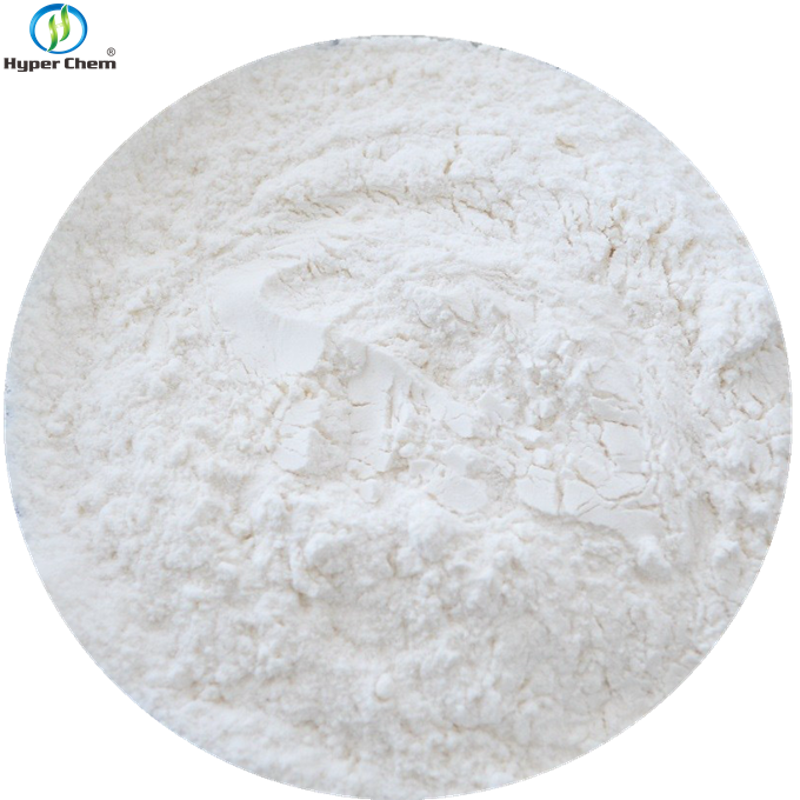-
Categories
-
Pharmaceutical Intermediates
-
Active Pharmaceutical Ingredients
-
Food Additives
- Industrial Coatings
- Agrochemicals
- Dyes and Pigments
- Surfactant
- Flavors and Fragrances
- Chemical Reagents
- Catalyst and Auxiliary
- Natural Products
- Inorganic Chemistry
-
Organic Chemistry
-
Biochemical Engineering
- Analytical Chemistry
-
Cosmetic Ingredient
- Water Treatment Chemical
-
Pharmaceutical Intermediates
Promotion
ECHEMI Mall
Wholesale
Weekly Price
Exhibition
News
-
Trade Service
Written byWang Cong
EditorWang Duoyu
TypesettingWater into text
Like other mammals, the human body is occupied by trillions of microorganisms, including bacteria, viruses and fungi, collectively known as symbiotic microbiota
.
In a sense, "man" is a multifaceted complex of human and symbiotic flora
.
There are a large number of microorganisms parasitizing in the human intestine, and these intestinal microbiota affect human obesity, enteritis, autoimmune diseases, response to cancer treatment drugs, and even affect human lifespan
.
A growing body of evidence reveals the degree of interdependence between humans and these gut microbiota, and also highlights the importance of
the brain-gut axis.
On April 15, 2022, the research team of the Institut Pasteur in France published a research paper titled: Bacterial sensing via neuronal Nod2 regulates appetite and body temperature in the journal Science
。
The study revealed that hypothalamic neurons can directly sense changes in gut bacterial activity and adjust appetite and body temperature
accordingly.
These findings suggest a direct dialogue between the gut microbiota and the brain, re-underscoring the importance of the brain-gut axis and potentially leading to new treatments
for brain diseases and metabolic diseases such as diabetes and obesity.
Cerebral gut axis regulates metabolism: Eating leads to the expansion of the gut microbiota, which increases the release of muropeptides, a gut bacterium that, when in the brain, target inhibitory hypothalamic NOD2 receptors and reduce neuronal activity, helping to regulate satiety and body temperature
.
The NOD2 receptor is present in most immune cells and is able to recognize the presence of muropeptides, a component of
the bacterial cell wall.
Previous studies have confirmed that mutations in the gene encoding the NOD2 receptor are associated with digestive disorders, such as Crohn's disease, as well as neurological disorders and mood disorders.
But these are not enough to prove a direct relationship
between neuronal activity in the brain and bacterial activity in the gut.
Using brain imaging techniques, the scientists initially observed that the NOD2 receptors in mice were expressed by neurons in different regions of the brain, particularly in the hypothalamic region
.
The hypothalamus is the high-level center of visceral activity under the cerebral cortex, which links visceral activity with other physiological activities and regulates important physiological functions
such as body temperature, food intake, water balance, blood sugar and reproductive activities.
They then found that when these neurons came into contact with bacterial mouropeptides in the gut, the neurons' electrical activity was inhibited
.
Mural peptides in the gut, blood, and brain are thought to be
markers of bacterial proliferation.
If the NOD2 receptor in mice is specifically knocked out, these neurons are no longer inhibited by mural peptides, the brain loses control of food intake and body temperature, and they are more likely to gain weight and develop type 2 diabetes, especially in
older, female mice.
In this study, the team confirmed the startling fact that neurons can directly sense bacterial wall peptides, which was previously thought to be the work
of immune cells.
The discovery that these bacterial wall peptides can act directly on the hypothalamus, an important brain center, is a very important achievement, and we know that the hypothalamus is responsible for managing important functions
such as body temperature, feeding, and reproductive activity.
Thus, neurons can directly sense bacterial activity (proliferation and death) as a direct measure of the impact of
food intake on the intestinal ecosystem.
Excessive intake of specific foods may stimulate the disproportionate growth of certain bacteria or pathogens, jeopardizing intestinal balance
.
Overall, this study shows that hypothalamic neurons can directly sense the mural peptide components of gut bacteria, thereby regulating feeding behavior, nesting behavior, and body temperature
.
In this way, the brain can use gut bacteria as an indirect measure of food intake, or as a direct measure of bacterial expansion or death caused by food intake
.
The expansion or death of gut bacteria may be related to
changes in intestinal homeostasis or disease risk.
This also suggests that gut bacteria can regulate incoming intake to protect intestinal homeostasis
.
The effects of bacterial wallopeptides on neurons and metabolism in the hypothalamus raise new questions about their potential role in other brain functions, which may help us understand the link between certain brain diseases and mutations in the
NOD2 gene.
These findings pave the way for interdisciplinary research in neuroscience, immunology and microbiology, and hopefully eventually pave the way
for new treatments for brain diseases and metabolic disorders such as diabetes and obesity.
Link:
_mstmutation="1" _istranslated="1"> open for reprinting Welcome to forward to Moments and WeChat groups







